I spend a lot of time driving, and I’ve grown tired of my local radio stations and the same 5 song set list. Fortunately, there are tons of apps that give me access to a variety of music and every vehicle I drive has an auxiliary input.
Unfortunately, when using auxiliary inputs, simple things like skipping a track or pausing a song involve waking your phone, unlocking your phone, and possibly reopening the app; not exactly an ideal situation when driving. The BC-L6 allows you to play music through your auxiliary input while giving you Bluetooth functionality.
In the box
- BC-L6 receiver/controller
- Dual port USB car charger
- Magnetic disc with sticky pad
- User manual
Specifications
- Bluetooth 4.0
- Bluetooth profiles – A2DP, AVRCP, HSP, HFP
- Range – 33 feet
- Power input – DC 5V 16mA
- Frequency range – 2.4GHz
- Dimensions – 1.57″ x 1.57″ x 1.02″
- Weight – 1.23 oz
Setup
Setting up the BC-L6 is rather easy. There are four parts involved, the charger, the controller, the USB plug, and the 3.5 mm audio plug.
The first step is to decide where you want the controller located. I chose to place mine on my center console for easy access.
Next, you insert the controller’s 3.5 mm cable into your vehicle’s auxiliary port.
Finally, you plug the charger into your vehicle’s power port and insert the controller’s USB cord.
Once the device is connected and powered up, it will automatically enter Bluetooth pairing mode. You then enter your phone’s Bluetooth menu and select the device.
Setup is easy, and it’s a pretty good system. As you can see above, I was able to set things up so everything is out of the way, and doesn’t impede my A/C controls, my cup-holders, or gearshift.
There is a potential for the cords getting caught if I have a passenger in my car; however, that could easily be prevented with a couple of wire ties.
Music playback
Once the BC-L6 is paired to your phone, playing music is as simple as launching a music app and entering your stereo’s auxiliary mode. Sound quality was great, I didn’t experience any distortion or static.
Once music is streaming, everything can be controlled directly from the controller. The center of the controller acts as a multi-function button. Pressing it during playback alternates between playing and pausing music. You can skip to the next track or to the previous track by quickly twisting the controller left and right. Volume can be decreased or increased by twisting the controller and holding it for several seconds.
As I said before, the BC-L6 sounded great on playback. I was able to stream audio at high volumes without issue, but keep in mind, sound quality is going to be dependent on the quality of your vehicle’s stereo. The BC-L6 won’t turn a subpar stereo into a high-quality one.
Call quality
In addition to being used for audio playback, the BC-L6 can also be used to make and receive calls. You can answer an incoming call by pressing the multi-function button or you can reject it by holding the button down. If you do choose to answer the call, you can press the multi-function button again to end it. Quickly pressing the multi-function twice redials the last number you called, while holding it for 3 seconds launches voice assistant.
All the functions worked exactly as described; although, I should point out the usefulness of the voice assistant feature will vary phone to phone. My LG G4 has an awful stock voice assistant, but I was able to replace it with a third party app that worked wonderfully.
Call quality was crystal clear; there was no distortion or difficulty understanding the person I was speaking with. No one I spoke with had complaints or difficulty understanding me.
Extras
Since the BC-L6’s charger has dual USB ports, you’re able to charge your phone while powering the BC-L6. The charger’s extra port has a 2.1A output, so it charges your device rather quickly.
Another useful feature of the BC-L6 is its ability to be paired to two devices at once. This is especially useful if you share a vehicle with a spouse, parent, child, etc.
Conclusion
The BC-L6 is a great device for those who want the convenience of Bluetooth, but only have access to an auxiliary input. Using it is much easier than having to repeatedly wake and unlock your phone. Not only that, but it produces excellent sound and call quality, while being extremely easy to use. That, combined with the ability to pair two devices at once, makes the BC-L6 an excellent buy.
Source: The sample for this review was provided by Avantek. Please visit their site for more information and Amazon to order one.


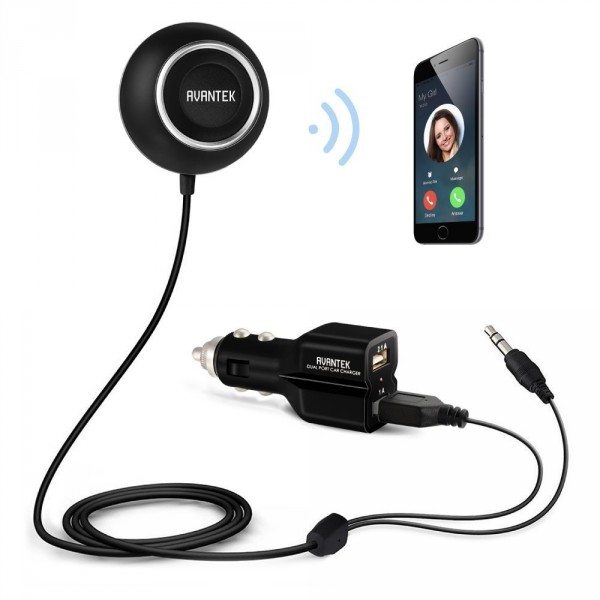
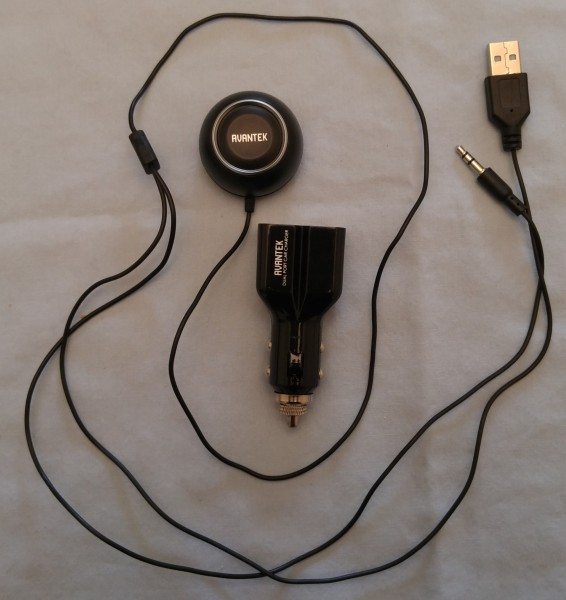
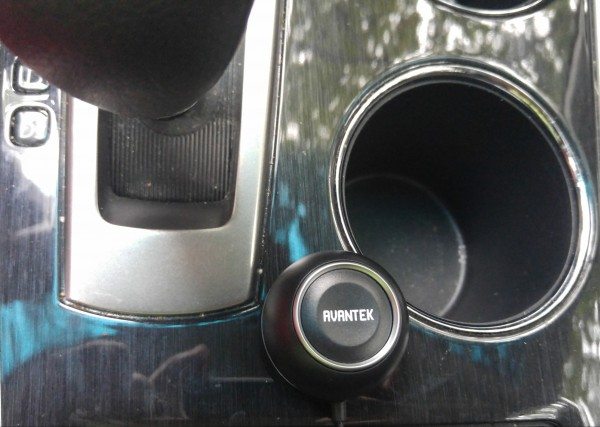
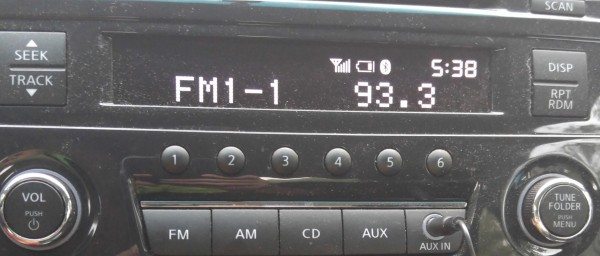
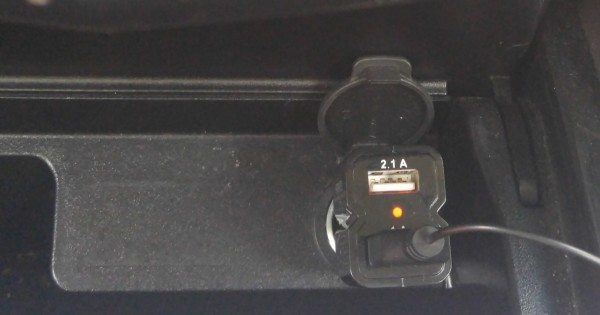
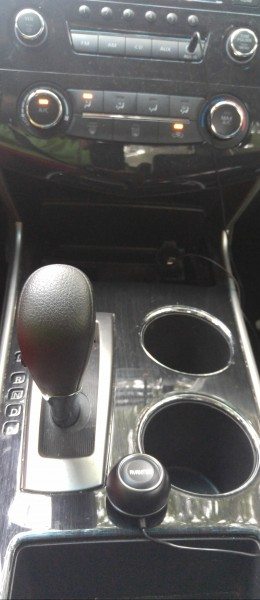
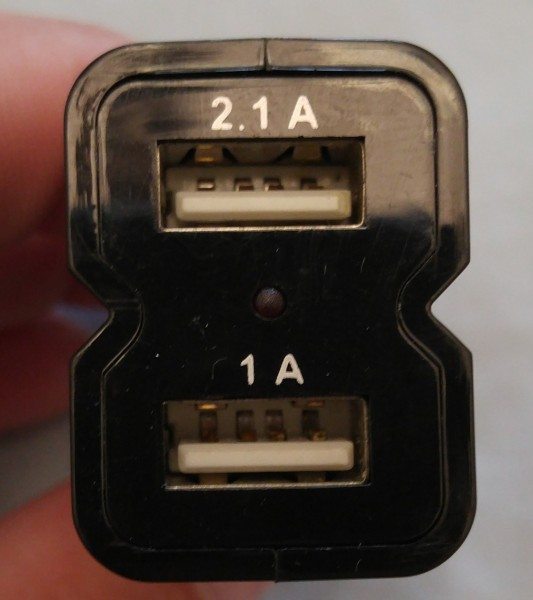


Gadgeteer Comment Policy - Please read before commenting
Seems like an awful lot of exterior wiring to get bluetooth. I would imagine only a small number of older cars are cruising around without bluetooth baked in. I recently sold a 9 year old car with bluetooth.
Bob I agree with you to an extent. I would say most personal cars have Bluetooth, but a lot of company cars don’t. I spend all day driving a brand new company owned car without Bluetooth.
I just got a used 2009 Mini that has BT for phone but not music. The previous owners had installed a Himbox hiding the wires behind the dash. It works really well. http://www.iclever.com/product-detail/iclever-himbox-hb01-bluetooth-4-0-hands-free-car-kit/
I have a 2013 MINI with the same issue. I first used a Kinivo BT450 car kit which looks like the himbox: http://the-gadgeteer.com/2014/07/08/kinivo-btc450-bluetooth-car-kit-review/ I recently swapped it out for something even smaller, a VicSing Bluetooth adapter: http://www.amazon.com/gp/product/B00GX71GNO/?tag=thegadg0e-20
The best thing about the VicSing is there are no wires. 🙂
I recently picked up the Himbox on sale from Amazon, and what I like about it is that it works well with Google Now. Does the Avantek activate Google Now or Siri? You might consider pointing this integration out in future reviews for these type of in-care adapters as it provides an advantage over many of the in-care Bluetooth systems. For example, my GMC Terrain supports Bluetooth to stream audio but doesn’t really provide good support for Google Now or Moto Assist. Moto has tried a workaround by tricking Terrain’s Bluetooth into thinking audio from Google Now is a phone call but really doesn’t handle voice input well.